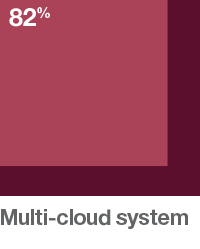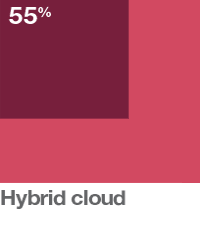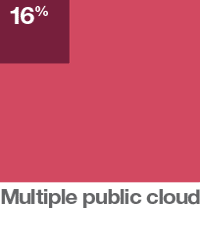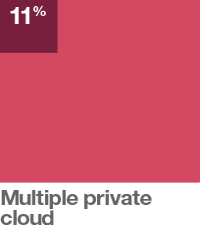A plan for four seasons
The solution was the hybrid cloud: a system that allows enterprise to keep data secure in a private cloud, while using public cloud storage of computational resources to run applications that access and manipulate that data. In the case of IBM’s hybrid cloud, the streamlining of the various technologies involved reduces the occurrence of bottlenecks between what exists in the public cloud and what exists on site, allowing a more efficient workflow.
The flexibility of this system allowed Domino’s to maintain its onsite data processing system while having access to offsite servers for additional data processing in times of acute demand. This meant the company could deal with most of its data processing on site in times of normal demand, but accommodate extra traffic during peak periods without having to upgrade its on-site IT infrastructure. As a result of the hybrid cloud, security and efficiency are no longer a trade-off.
By using the hybrid cloud, businesses can add value and reduce costs, while also improving their policymaking processes. When combined with analytics services that help to evaluate, refine and synchronise data between the cloud, the company site and devices, the hybrid cloud is able to help firms make informed decisions with a far greater degree of accuracy, as non-obvious trends and correlations can begin to emerge.
By splitting tasks between private and public servers, hybrid cloud technology also helps create greater architectural flexibility. Workloads can be deployed for use on either a third-party server or an on-site server, based on the specific demands of each individual situation. Each task can be designated for processing through the most appropriate channel, boosting efficiency.
IBM even offers brokerage services to allow companies to plan, buy and manage IT services, picked and mixed from various cloud models and suppliers. That way, they can get all of the benefits of the very latest resources and platforms at a lower risk – and certainly lower cost – than if they were to try and take it on themselves. Scaling up, when needed, to a state-of-the-art infrastructure means companies can punch significantly above their weight – turning a small start-up in Wales into an international conglomerate, if only for a day.






